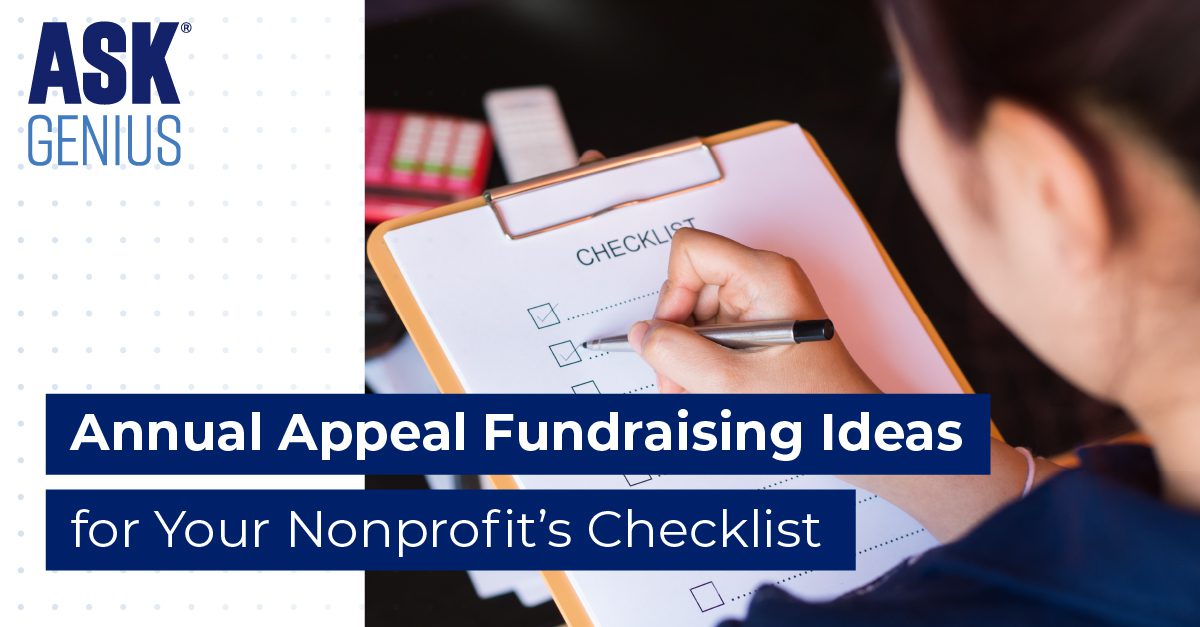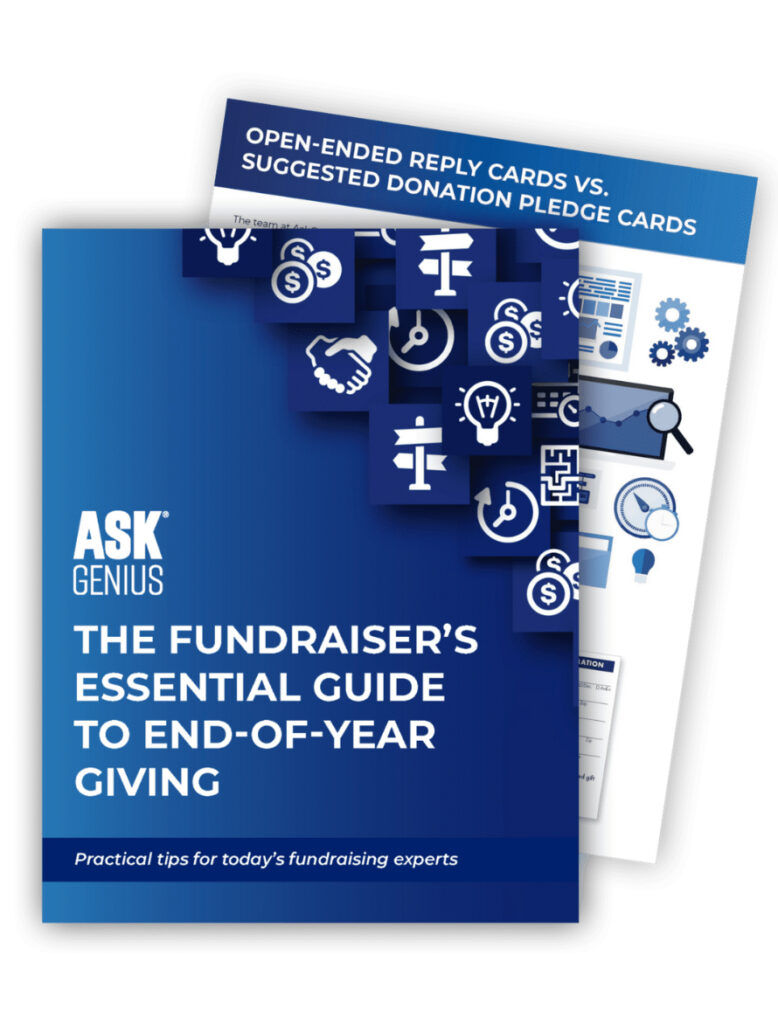 You might be surprised to learn as much as 30 percent of all giving happens in December. Additionally, as much as 10% of annual giving happens in just the final three days of the year.
You might be surprised to learn as much as 30 percent of all giving happens in December. Additionally, as much as 10% of annual giving happens in just the final three days of the year.
The year-end giving season can significantly impact the fundraising success of any nonprofit for the entire year. Every nonprofit organization needs a strong end-of-year fundraising strategy.
Even experienced fundraisers may struggle to determine the best strategy for raising support for their nonprofit mission. Sometimes, fundraisers wait too late into the year to plan strategically.
Don’t panic; use this step-by-step guide to organize and increase your nonprofit fundraising efforts this year.
Nonprofits can raise funds by creating a timeline early, knowing the best tips for writing an impactful fundraising letter, and setting personalized ask strings on the pledge card.
1. Prepare an End-of-Year Appeal Timeline
The internet is full of fundraising ideas for nonprofits, but not all are practical. It is essential to start planning early for year-end direct mail campaigns.
Letters should arrive in donors’ mailboxes by mid-November. Work backward from mid-November to determine when your nonprofit staff needs to start writing the letter, working with the printer, and preparing the gift-processing strategy.
Set deadlines and checkpoints to ensure every step in the end-of-year strategy is complete.
Don’t forget to plan the necessary steps for processing gifts by the December 31 tax-year deadline. Also, build in donor-stewardship steps, such as asking the board of directors to make thank-you calls to donors.
2. Write Personalized Appeal Letters
The best appeal letters tell a story and make the donor the hero. Tell the donor what is possible with their help and what problem they can solve.
A strong direct mail appeal letter shouldn’t be your typical pristine “business letter.” This letter will be longer than you think, two to four pages long.
The best fundraising appeal letters use bold and underlined words to highlight important information. They have indented paragraphs and easy-to-read, 13–14-point font, and avoid industry-specific jargon.
Use familiar language and lots of emotion. Donors like to read letters that feel like they came from a friend, so personalize them beyond just the salutation.
A call-out box can help recognize donors for years of support or membership in a giving circle.
For a complete guide on writing the world’s best fundraising letters, check out this webinar.
3. Combine Appeal Letters with Email, Social Media, and Phone Calls for an Optimal Year-End Campaign
While social media posts (especially in peer-to-peer fundraising) and online giving are important, remember that direct mail is still king! First, focus on improving your direct mail letter. Then, create supporting content across communication channels, like e-mail, social media, and donation pages.
Digital content should point donors to a specific call-to-action, like a donate button or donation page, to help raise more funds.
4. Use Donor Segmentation to Support Fundraising Efforts at End-of-Year
Donor segmentation can help further personalize fundraising letters. Consider donor segments like major donors, LYBUNTS (donors who gave last year, but unfortunately not this), first-time donors, and donors who typically give at year-end.
The printer can help merge special variable imprint sections for different types of donors. This will ensure not every donor receives the same letter.
Ensure that donors feel special by including personalized details that let them know you know who they are. Tell them what they made possible with their support, and thank them as often as possible.
5. Let the Pledge Card do the Heavy Lifting of Asking for Donations
A strong pledge card is essential to fundraising efforts during any appeal. Fundraisers often debate whether to request a donation in the letter or solely on the pledge card. Asking for a gift within the letter can break the magic of the emotion of the letter and depress giving.
Let a thoughtfully crafted and customized pledge card take on the hard work. The pledge card lets you customize ask amounts for each individual supporter.
A tool like AskGenius can help save time and ensure the best strategy for every donor.
The Ultimate Guide to Fundraising Pledge Cards can provide further insights. Remember, for major donors, open-ended pledge cards work best.
6. Plan for Donor Stewardship After Gifts Start Arriving
After sending the letter and receiving donations, it’s important to express gratitude for the money raised. Create a stewardship plan to thank donors, including handwritten thank you cards and personal calls from board members.
Help donors to know how much you appreciate them and remind them what they made possible for your nonprofit mission.
While the internet has many fundraising ideas for nonprofits, this guide will help your nonprofit have a successful end-of-year giving campaign and raise funds for your critical mission. For more tips, download the Fundraiser’s Essential Guide to End-of-Year Giving.
This essential guide explains, in greater detail, each of these steps. To simplify setting personalized ask strings and avoid manual calculation of donation amounts, ask for a demo of AskGenius today.
